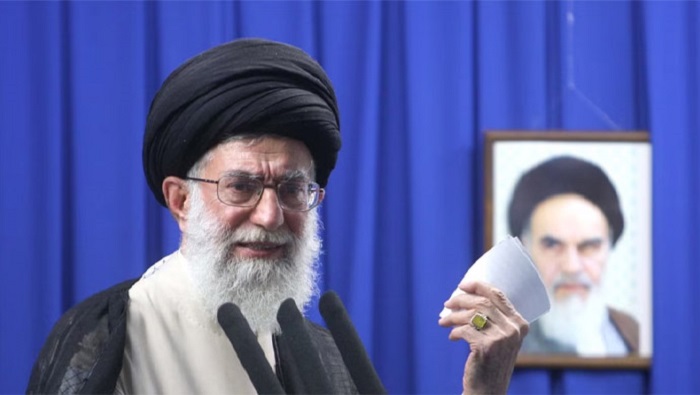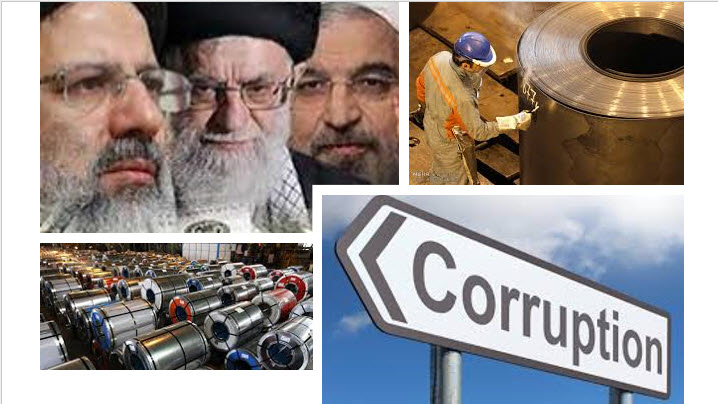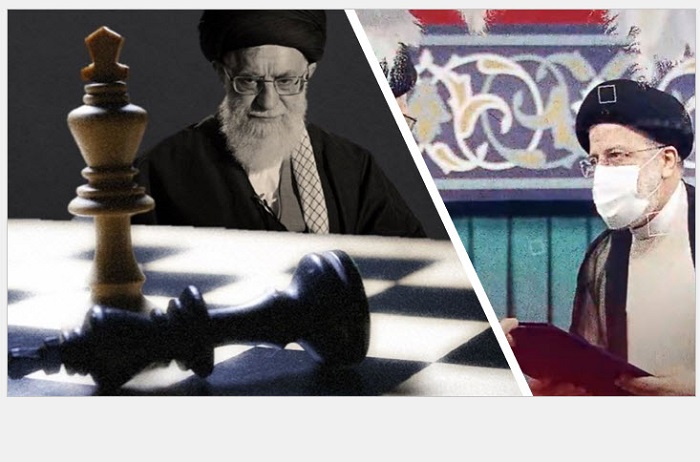
As the crisis escalates, the regime’s authorities, primarily Supreme Leader Ali Khamenei, persist in their questionable practice of “privatizing” significant economic sectors rather than addressing the financial disaster engulfing the nation.
On April 18, following the disastrous economic and social outcomes under Ebrahim Raisi’s “young and Hezbollahi government,” Khamenei attempted to rationalize the regime’s economic failure in a speech, defending his contentious privatization strategy. “We must entrust our operational facilities, production centers, and functional factories to the private sector. privatization was the only viable option,” he declared.
However, critics argue there’s no “private sector” in the traditional sense in Iran, but instead, a state-controlled one. On May 21, the state-run Roydad-e 24 website published a critique: “We have a government-led private sector… Who runs this sector? Their relatives.”

The current privatization plan was launched in 2005 when Khamenei and the IRGC began placing loyalists in high-ranking executive positions. By 2008, a whopping $12 billion transfer of shares had taken place, marking a twelve-fold increase compared to the period from 1991 to 2004.
Under this strategy, Khamenei’s office has seized control over various financial markets, including banking, insurance, and real estate. This control has been achieved through the cooperative (ta’avoni) system, primarily within the 14 economic blocs.
Unfortunately, economic restructuring around IRGC and Basij cooperatives has resulted in a financial crisis. Subsidy cuts in 2010 led to astronomical surges in prices, causing an estimated 60-70 percent of production facilities to either shut down or scale back operations. The removal of subsidies also led to the monopolization of financial markets, a devastating blow to the manufacturing sector and a trigger for skyrocketing inflation rates.

In the face of a nationwide uprising, Khamenei has been forced to concede to the government’s economic shortcomings, exposing the failure of Raisi’s administration, which was once highly favored by the Supreme Leader. Abolfazl Fakouri Poudineh, Secretary General of the Students’ Basij Council, warned of the dire consequences on April 28: “Raisi’s government… insists on privatization instead of making resources public. This will finally cause a social rift.”

 MEK Iran (follow us on Twitter and Facebook), Maryam Rajavi’s on her site, Twitter & Facebook, NCRI (Twitter & Facebook), and People’s Mojahedin Organization of Iran – MEK IRAN – YouTu
MEK Iran (follow us on Twitter and Facebook), Maryam Rajavi’s on her site, Twitter & Facebook, NCRI (Twitter & Facebook), and People’s Mojahedin Organization of Iran – MEK IRAN – YouTu







